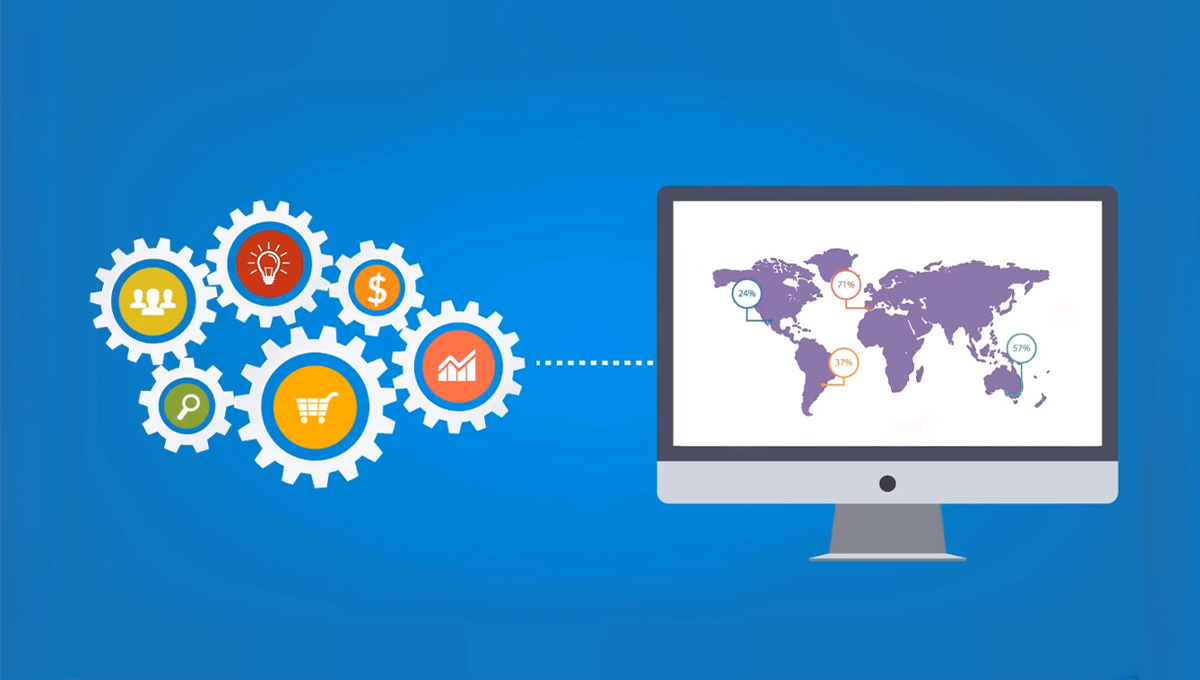
Although SumTotal Advanced Reporting is an improvement over Report Manager, many customers we talk with have been unable to capitalize on its strengths.
SumTotal Learn and its sister ElixHR applications are built for complex enterprises. It is many times more robust than the many simple, single-purpose products in the market.
That power comes at a cost. Customers need expert administration and support to capture the potential of tools that can do so much. In Advanced Reporting that includes:
- SumTotal audiences and security
- Custom Domains, Topics, Ad hoc Views, and Reports
- Data tables and joins
- Derived tables
- Calculated fields
- Report management and scheduling
- Data visualizations
SumTotal learning management system provides basic training for administrators and analysts to enable them to use the advanced features. However, the ability to use those tools depends on a thorough understanding of the organization’s unique structure and configurations that can only come with experience. One person may not have all the required knowledge and skills. It takes a team to elicit the value SumTotal Advanced reporting can bring.
Skilled data analysts serve as a bridge between data and users. When they team up with the business experts in your organization and use a disciplined approach to understanding reporting needs, you will have the right expertise and methods in place. Those experts will use custom domains to manage your advanced information needs.
Domains are virtual views of data. They are a meta-layer between raw data and business users, presenting the raw data in a form they can use. SumTotal reporting provides dozens of pre-built domains data analysts can use to prepare reports and visualizations.
For more advanced reporting, administrators and analysts create custom domains. They can combine data sources, specify what information users can access, define data labels, create calculated fields, and apply locale bundles for multilingual organizations. Within those domains, they can create topics to filter the data for specific uses.
A Sample Business Case
Suppose a company with hundreds of branch offices needs to track required learning for each individual in those offices. The training use multiple delivery modes, and both online and offline activities. They use both SCORM assessments and Quick Assessments, and each activity relates to a skill or competency. There are different training tracks for each of six job roles. Some of the training is common to all positions, but much is role-specific.
- Managers in each location need to know the training status of each employee, by activity and skill or competency. They also need to report on the aggregate training status of the branch and must report training costs for each month, quarter, and year.
- District managers need the same information for all the branches in their area of responsibility and must be able to drill down into the details of their reports. Area managers must have the roll-up data and drill-down for their areas, and the EVP needs all the information in a dashboard.
- Employees need detailed, up-to-date information on progress against goals and their individual projected learning paths.
- L&D must know whether each activity is working or not and why, and whether new investments in enterprise learning are producing results.
The Solution
Domain creators can assemble a data source in a single domain that includes all the information users will need. They can use topics to create data subsets, and security settings to safeguard personal information and make sure each person has only the data they may access.
Analysts build ad hoc views from those topics, and from those views create reports and visualizations users can access in SumTotal. They can also schedule and email those reports to the people who need them.
Recommendation
To get the full value that custom domains can deliver requires an organization-wide approach to reports management.
- Expect no one to know everything. Assemble a team and help team members build on their strengths.
- Develop expertise in data management. If you don’t have a skilled data analyst, get one on board. A staffing service or consultant can bridge the gap while you build your team.
- Create a permanent reporting team to help end users understand their reporting needs. As business users receive useful information and act on it, they will want more. Needs change over time and reporting must keep up with the organization.
- Invest in ongoing training for administrators, data analysts, and business users. You may also want to consider the services of an analytics consulting firm.
Although SumTotal Advanced Reporting brings data closer to the end user, it doesn’t bridge the gap between data experts and business users. Put those people together and build a team.
 PhenomeCloud is a comprehensive technology solutions provider committed to empowering businesses to overcome challenges, enhance their workforce capabilities, and achieve superior outcomes.
PhenomeCloud is a comprehensive technology solutions provider committed to empowering businesses to overcome challenges, enhance their workforce capabilities, and achieve superior outcomes.




Leave a Comment